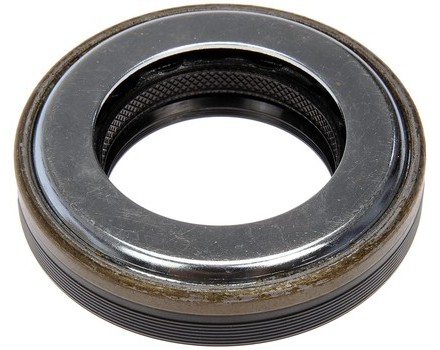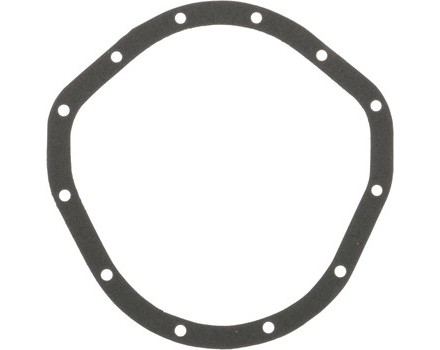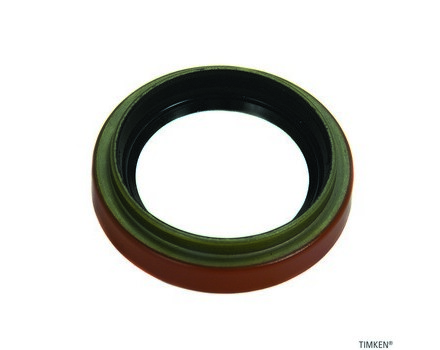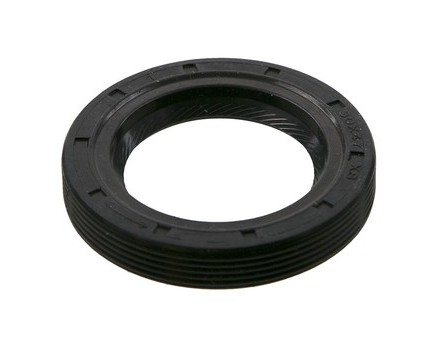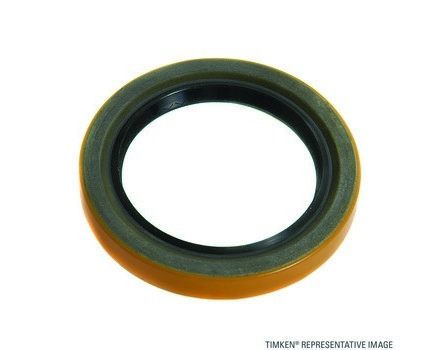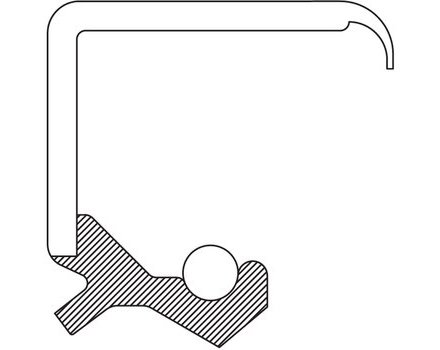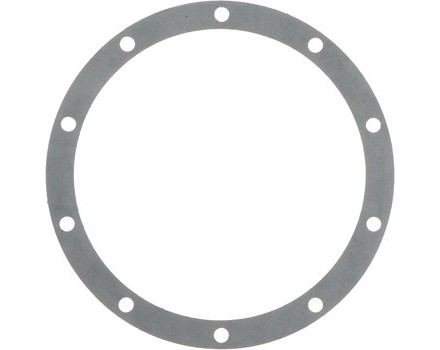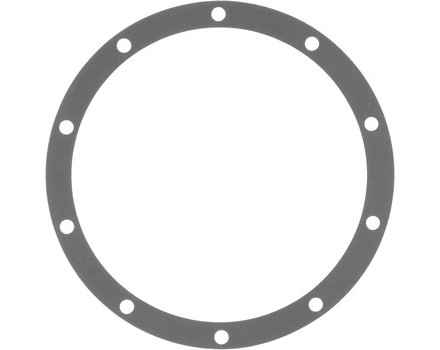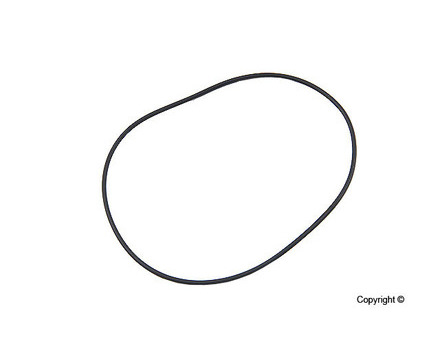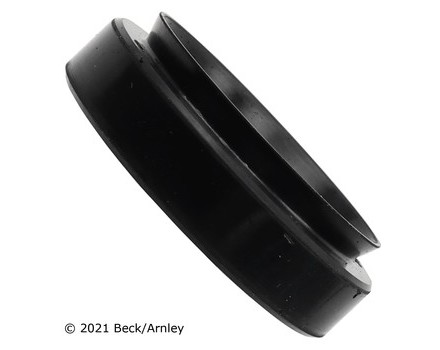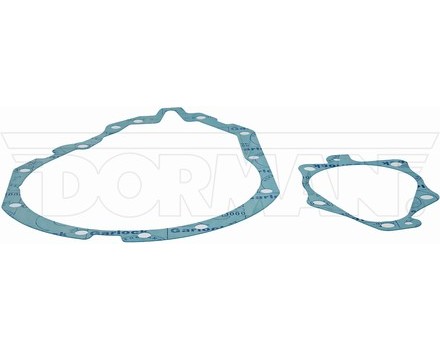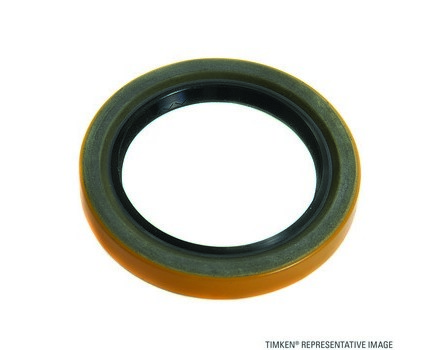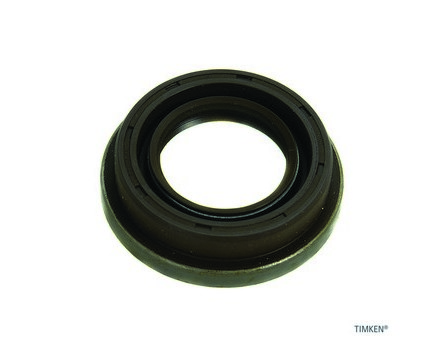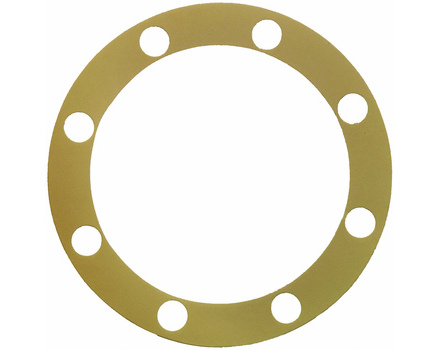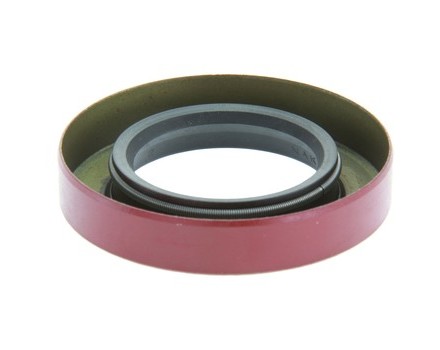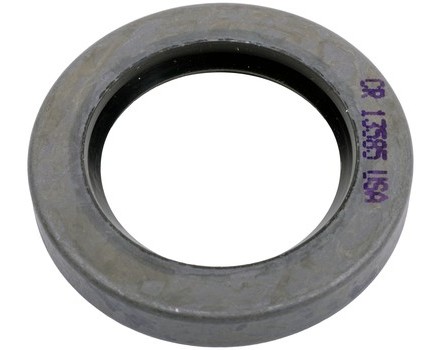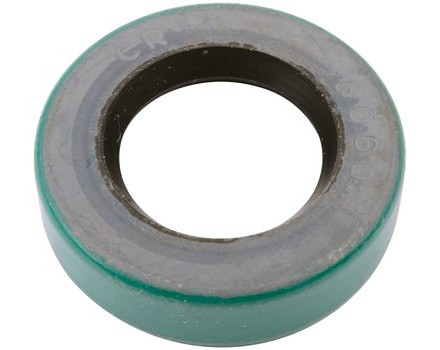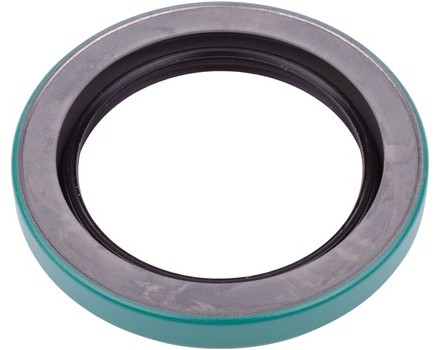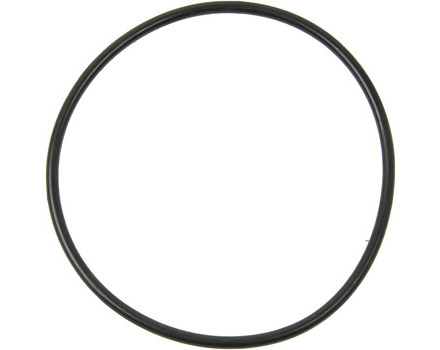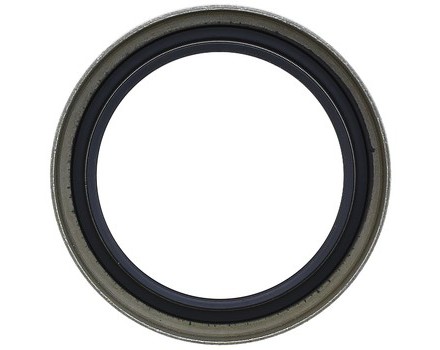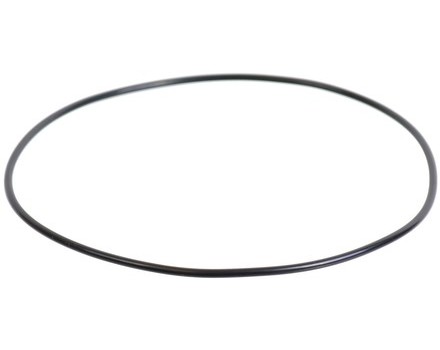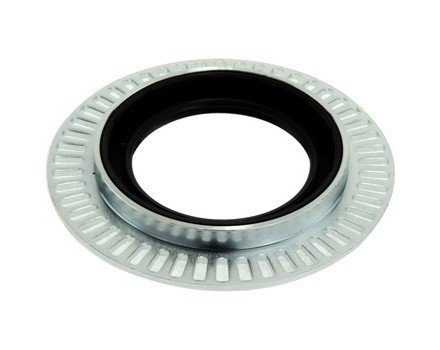Gaskets and Sealing Systems
Filter Options
Important: To get started, click the blue "Filter Options" button to select your vehicle and then use the filters to narrow your options.
Important: To get started, select your vehicle on the left and then use the filters to narrow your options.
What are gaskets and sealing systems?
Gaskets and sealing systems are components that are used to fill the gaps or spaces between two or more connecting parts in an engine, such as the head gasket that seals the gap between the cylinder head and engine block. They are designed to prevent leaks between components and create a tight seal.
What is the purpose of gaskets and sealing systems?
The purpose of gaskets and sealing systems is to prevent leaks between components and create a tight seal. They are vital components in an engine, as they provide a barrier between parts and prevent the movement of fluids or gases that could otherwise cause damage.
How can I determine if my gasket or sealing system is faulty?
There are a few signs that indicate a faulty gasket or sealing system, such as oil or coolant leakage, difficulty starting the engine, smoke from the engine, and an engine temperature increase. It is important to inspect the gasket or sealing system regularly and replace it if it is damaged or worn out.
Can a faulty gasket or sealing system cause damage?
Yes, a faulty gasket or sealing system can cause damage to the engine if it is not replaced. Leaks can allow fluids or gases to escape, which can cause the engine to overheat or malfunction.
How do I replace a gasket or sealing system?
Replacing a gasket or sealing system requires a few steps:
- Remove the old gasket or sealing system, as well as any debris or grime that has accumulated.
- Clean the surface of the components to ensure a proper seal.
- Apply a thin layer of sealant to the new gasket or sealing system.
- Place the new gasket or sealing system in the appropriate position.
- Tighten the bolts and screws that secure the gasket or sealing system in place.
- Replace any other components that may have been removed.
- Test the engine to ensure the gasket or sealing system is functioning properly.
